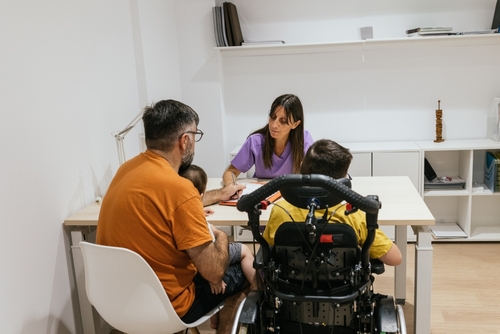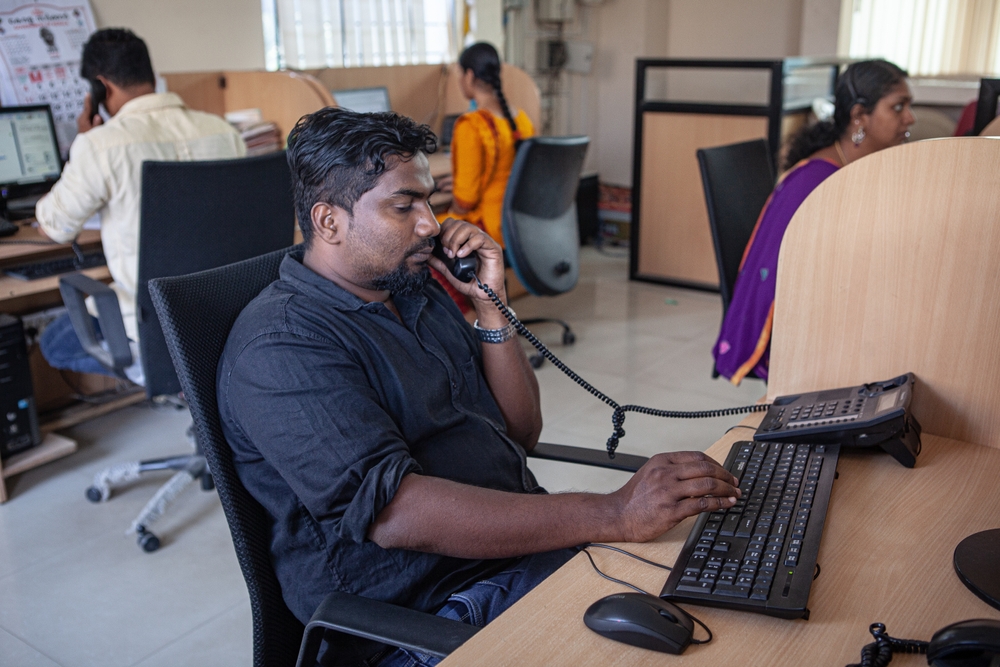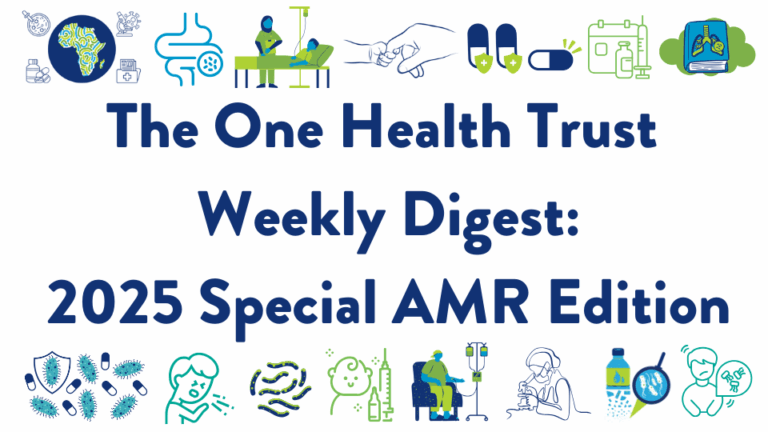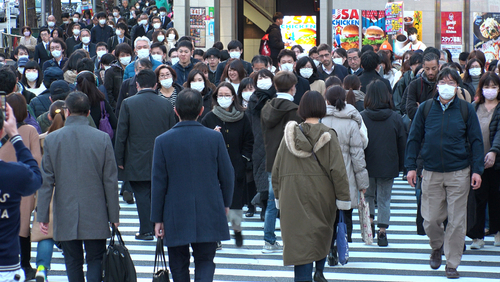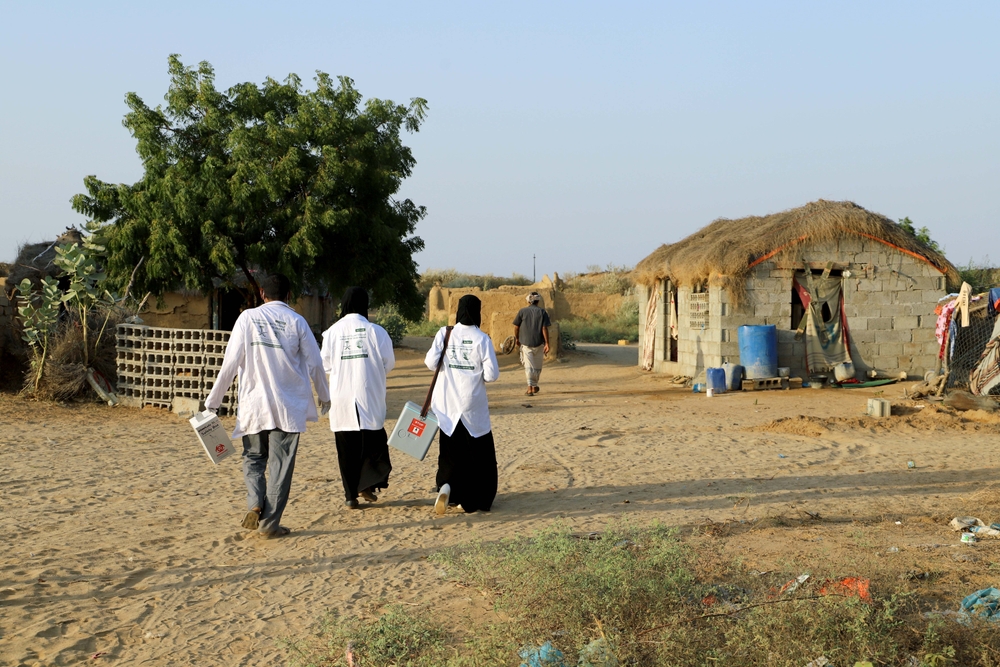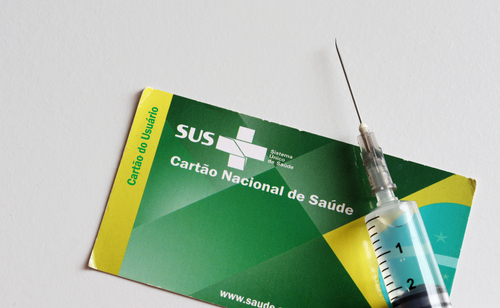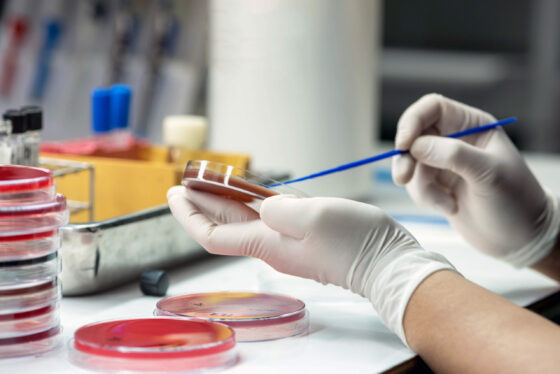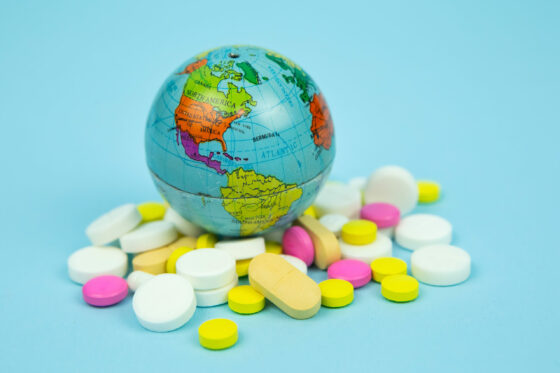September 03, 2016
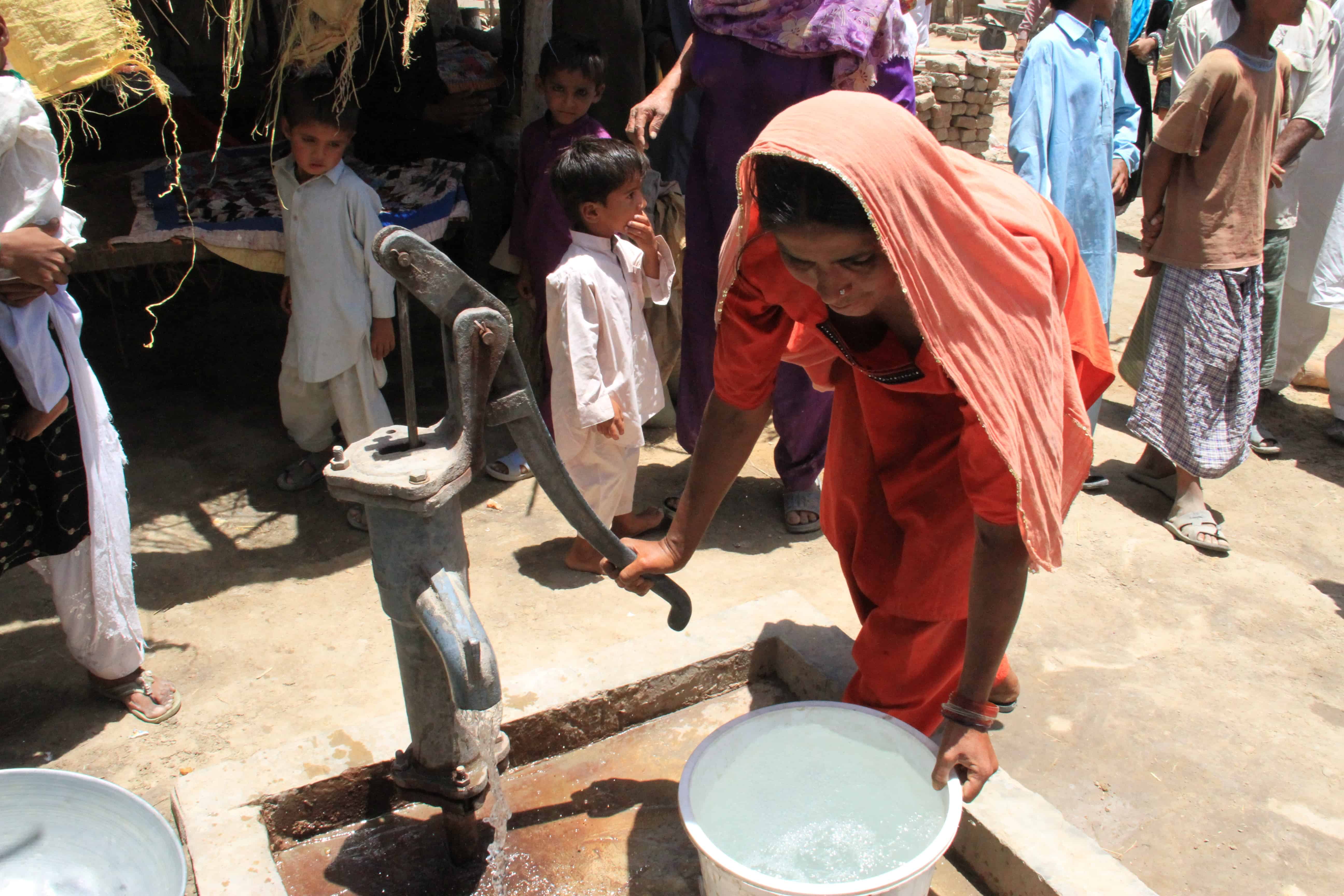
A weekly roundup of news on drug resistance and other topics in global health.
United Nations General Assembly High-Level Meeting on Antimicrobial Resistance is less than one month away. AMR is only the third health topic ever given this treatment (after AIDS and non-communicable diseases), according to CDDEP Associate Director Hellen Gelband, writing on the CDDEP blog. An entire day of presentations and discussion—and introduction of a U.N. resolution on AMR—with Heads of State and their close advisors will take place on September 21st at the United Nations in New York. The preceding day, CDDEP and other leading organizations in AMR research and policy are co-hosting a forum on Sustainable Access to Effective Antibiotics to discuss the post-UNGA opportunities and responsibilities. For more information on the forum, contact [email protected].
CDDEP Director Ramanan Laxminarayan discussed strategies for achieving goals to reduce antibiotic consumption in an August 29 podcast for the Center for Infectious Disease Research and Policy. [CDDEP, CIDRAP Podcast]
Near-universal access to improved water and sanitation could save the lives of 77,000 under 5s and $400 million out-of-pocket costs every year in India. CDDEP researchers predicted the impact of providing access to these services with IndiaSim, CDDEP’s detailed model of India’s population. The paper, appearing in Social Science & Medicine, also concludes that 50 million episodes of diarrhea could be averted each year, with a total investment of $4.5 billion. According to lead author and CDDEP Senior Fellow Arindam Nandi, “the Government of India has taken this as a priority and has invested substantial sums already. Appreciating the huge payoff in terms of children’s lives should further encourage the Government and the public to support more aggressive efforts, especially to encourage behavior change to bridge the gap between access to toilets and their use. A great thing is that the benefits are extremely progressive, with the poorest citizens and poorest states gaining the most, both in lives and finances.” [Social Science & Medicine]
The first long-term, national-scale study of antibiotic resistance in India indicates an urgent need for stewardship programs and new antibiotics. In the International Journal of Infectious Diseases, CDDEP researchers report an analysis of more than 18,000 isolates collected from a large private diagnostic laboratory network from 2008 through 2014, finding high and increasing antibiotic resistance rates among Gram-negative and Gram-positive organisms. Resistance rates were high to both first-line and last-resort antibiotics, especially for Gram-negative isolates. More than 40 percent of Staphylococcus aureus isolates were multi-drug resistant (MRSA) over the period, and nearly all Salmonella Typhi isolates were resistant to nalidixic acid. Resistance to last-resort antibiotics—the carbapenems and colistin—were high in some cases and increasing for a number of serious infections. According to lead author Dr. Sumanth Gandra, in India “antibiotics have for too long substituted for general hospital infection control and lagging vaccination rates.” [International Journal of Infectious Diseases]
Zika virus reaches Singapore, and could ultimately affect 2.6 billion people. A total of 189 cases of Zika have been confirmed in Singapore. Future spread is uncertain, but 2.6 billion people live in areas where competent mosquito vectors and climatic conditions could support transmission, according to a modelling study of potential introduction and transmission in Africa and the Asia-Pacific region, published in Lancet Infectious Diseases. Countries with large numbers of travelers arriving from Zika virus-affected areas of the Americas are at particular risk, including India, China, Indonesia, Philippines, and Thailand. [CIDRAP, Lancet ID]
The World Health Organization has released new guidelines for the treatment of sexually-transmitted infections, with antibiotic resistance in mind. For the first time in 13 years, the WHO has revised its guidelines for treating gonorrhea, syphilis, and chlamydia. In response to the growing threat of antibiotic resistance, countries are urged to monitor antibiotic resistance and adapt their treatments accordingly. According to WHO Director of Reproductive Health and Research Ian Askew “The new WHO guidelines reinforce the need to treat these STIs with the right antibiotic, at the right dose, and the right time to reduce their spread and improve sexual and reproductive health.” Gonorrhea poses the greatest challenge, with multi-drug resistant strains that are resistant to all current standard therapies. The new gonorrhea guidelines encourage combination therapy—using two drugs–over monotherapy, which can hasten the development and spread of resistant strains. Countries without resistance data are advised to use ceftriaxone or cefixime, in combination with azithromycin. [WHO, STAT]
Dentists prescribe fewer antibiotics after receiving report on their prescribing habits, according to a U.K. study published in PLOS Medicine. Dentists prescribe roughly 10 percent of antibiotics dispensed in U.K. community pharmacies, according to the study. Researchers used dental prescribing and treatment claim data from 795 dental practices in Scotland to determine whether an audit and feedback system would impact prescribing practices. By the end of the study, the rate of antibiotics prescribed by dentists who received audit reports had dropped by 5.7 percent, from 8.5 to 7.5 per 100 NHS treatment claims. [PLoS Medicine, CIDRAP]
No evidence that “antibacterial” soaps are any better than soap alone, and no proof that they are safe. That was the U.S. Food and Drug Administration’s (FDA’s) conclusion three years after it gave manufacturers a year to provide evidence of their claims. Manufacturers have one year to eliminate the commonly-used additives triclosan (the active ingredient in more than 90 percent of “antibacterial” products) and related agents. The jury is still out on several other ingredients, and manufacturers were granted another year to prove their cases. The ruling does not affect antibacterial alcohol-based handrubs, which have been shown to be effective when used properly. According to Dr. Janet Woodcock, director of the FDA’s Center for Drug Evaluation and Research, “Consumers may think antibacterial washes are more effective at preventing the spread of germs, but we have no scientific evidence that they are any better than plain soap and water.” [New York Times, FDA]
Image courtesy of DFID – UK Department for International Development (CC BY-SA 2.0)

